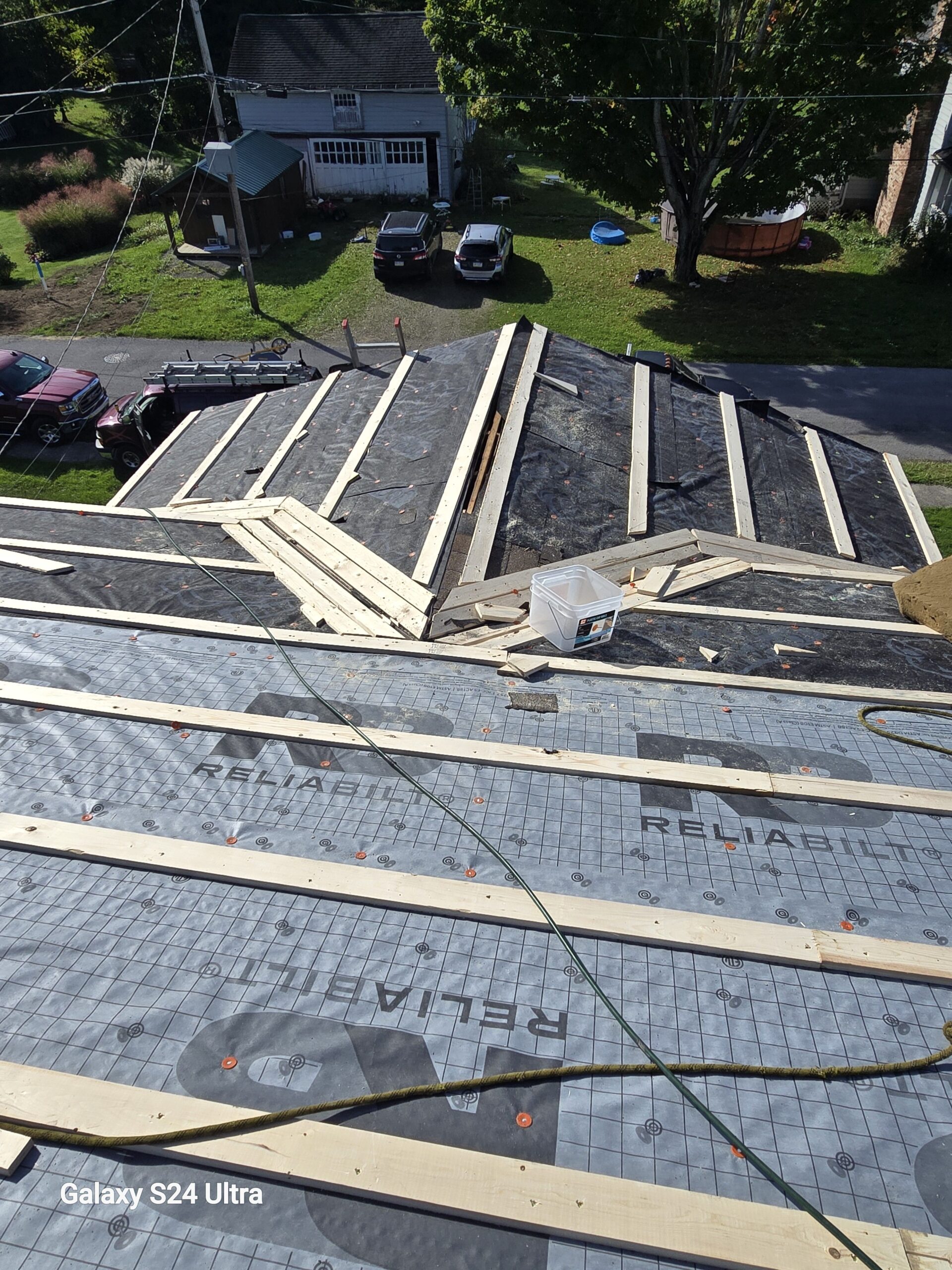Understanding Roof Penetrations: Common Types and Their Uses (What Is a Roof Penetration? Common Types and Their Uses)
Roof penetrations are intentional openings or structures that extend through the roof surface, allowing for the installation of various essential components. These elements are crucial for a building’s functionality, providing ventilation, natural light, and utility access. However, if not properly installed and maintained, roof penetrations can become potential sources of leaks and other issues. (List of Roof Penetrations You Need To Know, 9 Different Types Of Roof Penetrations And How To Manage Them)
What Is a Roof Penetration?
A roof penetration refers to any opening or protrusion through the roof surface designed to accommodate specific building components. These are not accidental breaches but are intentionally incorporated into the roof’s design to serve vital functions. Common examples include vents, chimneys, skylights, and HVAC systems. Proper installation and sealing of these penetrations are essential to prevent water intrusion and maintain the roof’s integrity. (What are Roof Penetrations? – On Tops Roofing, 9 Different Types Of Roof Penetrations And How To Manage Them)
Common Types of Roof Penetrations and Their Uses
1. Vents
Vents are among the most common roof penetrations, serving various purposes: (Mastering Roof Inspections: Roof Penetrations, Part 3 – InterNACHI®)
- Plumbing Vents: Allow sewer gases to escape and maintain proper air pressure in the plumbing system.
- Attic Vents: Facilitate air circulation in the attic, reducing moisture buildup and regulating temperature.
- Exhaust Vents: Expel air from bathrooms, kitchens, and laundry rooms to the outside. (What are Roof Penetrations? – Bill Ragan Roofing Company)
Proper venting is crucial for indoor air quality and the longevity of roofing materials. (Mastering Roof Inspections: Roof Penetrations, Part 3 – InterNACHI®)
2. Chimneys
Chimneys are vertical structures that vent smoke and combustion gases from fireplaces, stoves, or furnaces. They must be adequately flashed and sealed to prevent water leaks where they intersect with the roof. (List of Roof Penetrations You Need To Know, What Are Roof Penetrations? Things You Should Know In 2024)
3. Skylights
Skylights are windows installed in the roof to allow natural light into the building. While they enhance aesthetics and reduce the need for artificial lighting, skylights require precise installation and sealing to prevent leaks. (What Are Roof Penetrations? Things You Should Know In 2024)
4. HVAC Systems
Heating, ventilation, and air conditioning (HVAC) systems often require roof penetrations for ducts, vents, or equipment placement. These penetrations must be carefully sealed to maintain energy efficiency and prevent water intrusion.
5. Satellite Dishes and Antennas
Installation of satellite dishes or antennas involves penetrating the roof to secure mounting brackets and run cables. Improper sealing around these installations can lead to leaks. (What Are Roof Penetrations? Things You Should Know In 2024)
6. Solar Panels
Mounting solar panels on the roof requires penetrations for brackets and wiring. Ensuring these are correctly sealed is vital to prevent water damage and maintain the roof’s warranty.
Importance of Proper Installation and Maintenance
Roof penetrations, while necessary, can be potential weak points if not correctly installed and maintained. Key considerations include:
- Flashing: Using appropriate flashing materials and techniques to divert water away from the penetration.
- Sealing: Applying high-quality sealants to prevent water ingress.
- Regular Inspections: Periodically checking penetrations for signs of wear, damage, or leaks. (Know Your Roof Penetrations (And Why They Matter) | D. C. Taylor Co.)
Neglecting these aspects can lead to water damage, mold growth, and structural issues.
Conclusion
Understanding the various types of roof penetrations and their purposes is essential for homeowners and building professionals. While they play critical roles in a building’s functionality, ensuring their proper installation and maintenance is key to preserving the roof’s integrity and extending its lifespan.
 (440) 307-2060
(440) 307-2060
